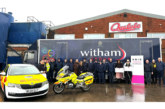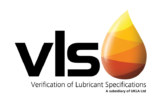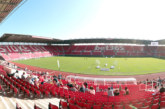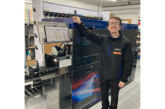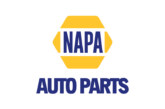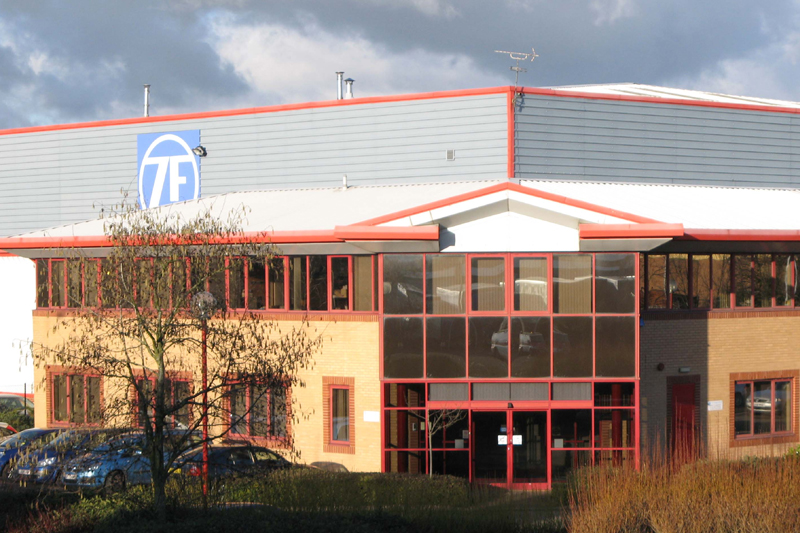
ZF Aftermarket has announced that its UK warehousing and office facility at Crick, Northampton, has received certification against the latest environmental management standard: ISO14001:2015 – ahead of the September 2018 deadline.
Using this standard will improve resource efficiency, reduce waste and drive down costs. In addition, the 96,000ft² Crick site has been recertified for OHSAS18001:2007 Occupational Health and Safety standard. This is all in line with ZF’s commitment to social, environmental and economic sustainability.
ISO 14001 is the international standard that specifies requirements for an effective environmental management system (EMS). It provides a framework that an organisation can follow, rather than establishing environmental performance requirements.
The standard has been updated (ISO 14001:15) to respond to the latest trends in environmental management and includes additional requirements. These include identifying and understanding the context of the organisation, leadership, strategic environmental management, risk associated with threats and opportunities, life-cycle thinking, value chain controls and performance evaluation.
The International Organization of Standardization (ISO) defines an environmental management system as ‘part of the management system used to manage environmental aspects, fulfil compliance obligations, and address risks and opportunities.’
“To receive certification against the 2015 version at the first attempt is something we are extremely proud of,” explained Chris Cafferty, QHSE Manager, ZF Aftermarket.
“It’s down to the hard work, diligence and professionalism of the team at Crick, and their colleagues within the wider organisation. By implementing this standard at the facility, we will improve efficiency, reduce waste and lower costs – all of which will help strengthen our commitment to further increasing customer service levels – both internally and externally”
The facility comprises an 83,000ft² high-bay warehouse facility and 13,000ft² of office accommodation. The ISO 14001: 15 auditor paid particular attention to the high standard of employee welfare, housekeeping in the yard and the use of the ‘Five S’s’ in place at the facility.
The ‘Five S’s’
• Sort (Seiri): remove items that do not add value or have no use in your process
• Set (Seiton): put everything in its proper place to allow easy use and retrieval
• Shine (Seiso): clean the work environment
• Standardise (Seiketsu): standardise the way you’ll keep achieving this new environment
• Sustain (Shitsuke): sustain your achievement by showing a daily commitment
Using ISO 14001:2015 has many benefits for organisations with environmental management systems. Organisations and companies find that using the standard helps them improve resource efficiency, reduce waste, drive down costs, provide assurance that environmental impact is being measured, gain competitive advantage in supply chain design, increase new business opportunities, meet legal obligations, increase stakeholder and customer trust, improve overall environmental impact and manage environmental obligations with consistency.

